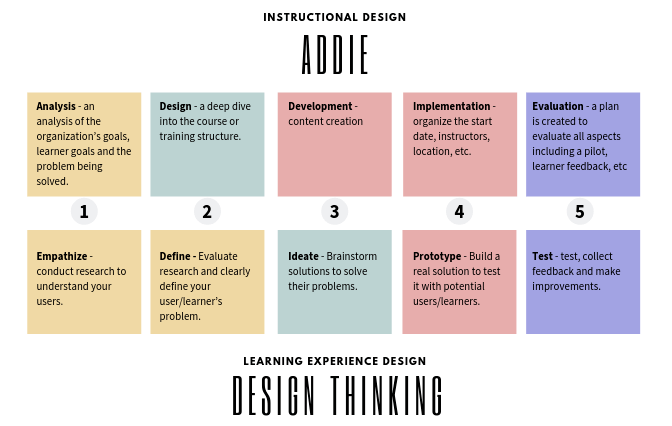how to protect privacy
Data breaches happen way too frequently — here’s how can you maintain your privacy onlinepic.twitter.com/mne1hUdPwZ
— Business Insider (@businessinsider) July 4, 2019
Digital Literacy for St. Cloud State University
Data breaches happen way too frequently — here’s how can you maintain your privacy onlinepic.twitter.com/mne1hUdPwZ
— Business Insider (@businessinsider) July 4, 2019
My note: are we reaching a momentum, when contemplative and mindfulness practices will be approached institutionally?
++++++++++++++++
more on mindfulness in this IMS blog
https://blog.stcloudstate.edu/ims?s=mindfulness
+++++++++++
more on surveillance in this IMS blog
https://blog.stcloudstate.edu/ims?s=surveillance
Anya Kamenetz and Chloee Weiner Jun 30
https://www.kqed.org/mindshift/53910/at-your-wits-end-with-a-screen-obsessed-kid-read-this
The relationship between teens, screens and mental health is complex and multidirectional
Abby’s mom has sent her articles about research linking teen depression and suicide to screen use. A 2017 article in The Atlantic magazine — “Have Smartphones Destroyed a Generation?” — drew a link between negative trends in teens’ mental health and the rise of smartphones and social media.
The negative relationship between teens’ mental health and technology use is real — but tiny, the researchers found. “A teenager’s technology use can only predict less than 1% of variation in well-being. It’s so small that it’s surpassed by whether a teenager wears glasses to school.”
How to strike a balance? To start, try mentoring, not monitoring
Heitner’s work emphasizes a concept that’s also put forth by the American Academy of Pediatrics in its guidelines for parents: media mentoring.
Look for the good in your kids’ media interests
For Benji, Minecraft is a social space where he plays with other kids and pulls pranks. He says he wishes his parents understood more about his screen use — “why it’s entertaining and why we want to do it. And also, for YouTube, why I watch other people playing games. When you watch sports, you’re watching another person playing a game! Why is it so different when you’re watching a person play a video game?”
Work together as a family to make changes.
+++++++++++++
more on contemplative computing in this IMS blog
https://blog.stcloudstate.edu/ims?s=contemplative+computing
+++++++++++++++
more on social media in this IMS blog
https://blog.stcloudstate.edu/ims?s=social+media
https://www.kqed.org/mindshift/51308/learning-mindfulness-centered-on-kindness-to-oneself-and-others
Mindfulness has become a core social and emotional learning strategy in the Austin Independent School District (AISD) in Texas. The district has even created a mindfulness specialist position, filled by James Butler, the district’s 2014 Teacher of the Year.
There are various understandings of mindfulness, but most focus on being nonjudgmental and present in the moment.
As part of a presentation at SXSW EDU
Teo, the first-grader, recommends the books “Your Fantastic Elastic Brain”and “Listening to My Body”; the website GoNoodle and Destress Monday, especially the gifs; the apps Stop Breathe & Think Kids and Super Stretch Yoga.
Addison, in fifth grade, recommends the books “What Does It Mean to Be Present?”and “Listening To My Body”; the website GoNoodle and Mind Yeti; the apps Calmand Smiling Mind.
Xavier, the 11th-grader, recommends the books “Cure: A Journey Into Science of Mind Over Body” and “The Happiness Track: How to Apply the Science of Happiness to Accelerate Your Success”; the websites Pocket Mindfulness and UCLA Mindful Awareness Research Center; the apps Calm and Smiling Mind.
For educators seeking to start a mindfulness practice, Butler has a list of recommendations he hands out to educators and a #mindfulAISD YouTube channel.
+++++++++++++
more on mindfulness in this IMS blog
https://blog.stcloudstate.edu/ims?s=mindfulness
https://www.edsurge.com/news/2018-04-13-can-a-family-of-bots-reshape-college-teaching
++++++++++++
more on AI in this IMS blog
https://blog.stcloudstate.edu/ims?s=Artificial+Intelligence+and+education
+++++++++++
more on microcredentialing in this IMS blog
https://blog.stcloudstate.edu/ims?s=microcredentialing
A call for more inter-campus networking on learning design:https://t.co/9GIxMdtswE
— Bryan Alexander (@BryanAlexander) June 26, 2019
a new interdisciplinary field of learning innovation emerging.
Learning innovation, as conceptualized as an interdisciplinary field, attempts to claim a space at the intersection of design, technology, learning science and analytics — all in the unique context of higher education.
professional associations, such as POD, ELI, UPCEA, (https://upcea.edu/) OLC (https://onlinelearningconsortium.org/), ASU GSV (https://www.asugsvsummit.com/) and SXSW Edu (https://www.sxswedu.com/) — among many other conferences and events put on by professional associations.
A professional community of practice differs from that of an interdisciplinary academic network. Professional communities of practice are connected through shared professional goals. Where best practices and shared experiences form the basis of membership in professional associations, academic networks are situated within marketplaces for ideas. Academic networks run on the generation of new ideas and scholarly exchange. These two network models are different.
+++++++++++
https://elearningindustry.com/learning-experience-design-instructional-design-difference
“Learning Experience Design™ is a synthesis of Instructional Design, educational pedagogy, neuroscience, social sciences, design thinking, and User Experience Design.”

++++++++++++++
more on LX design in this iMS blog
https://blog.stcloudstate.edu/ims?s=learning+design